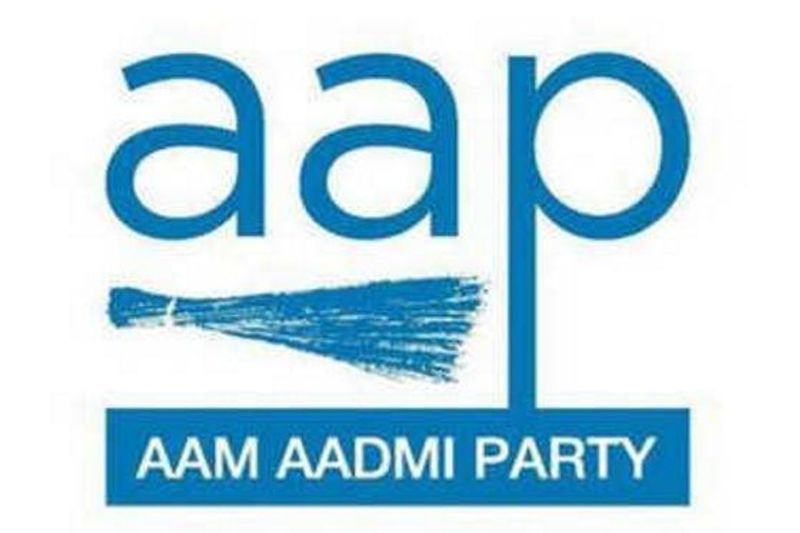By P. Sudhir
The BJP has emerged victorious in the Delhi assembly elections, securing 48 seats with 45.6% of the vote share. The Aam Aadmi Party (AAP), on the other hand, claimed 22 seats with 43.6% of the votes. Though the vote difference was a mere 2%, it resulted in a significant disparity in seat distribution compared to the 2020 assembly polls, where BJP only managed 8 seats.
These election results are subject to various interpretations. The BJP’s win, after a 27-year gap in Delhi, is seen as a significant boost for both the party and the Modi administration. Conversely, the AAP’s defeat after a decade in power is being analyzed as a form of voter retribution for perceived failures. Mainstream media and pro-establishment commentators often highlight that the electorate has penalized the AAP for its shortcomings.
The AAP, which rose from the ‘India Against Corruption’ movement, now faces allegations of corruption that have damaged the reputation of its leader, Arvind Kejriwal. Initially, during its first term, the AAP made strides in improving the lives of the underprivileged, including offering free electricity up to 200 units per household, free water, and the establishment of mohalla clinics and enhanced government schools. However, its second term saw a decline in performance, with free bus rides for women being one of the few notable achievements. Additionally, the tensions between the AAP government and the Lt. Governor are also cited as contributory factors, although blame is often attributed to both sides.
The conclusion drawn is that increasing anti-incumbency sentiments contributed to AAP’s electoral defeat, while the BJP promoted its governance model, termed the “double-engine government,” which evidently resonated with voters.
During the AAP’s second term (2020-25), the party did not fulfill several key promises, leading to dissatisfaction among middle-class citizens regarding worsening infrastructure and services like roads, sewage, waste management, and water supply. The AAP’s non-ideological stance backfired, as their attempts to counter BJP and RSS’s aggressive Hindutva through Hindu symbolism lacked consistency. Furthermore, the AAP leadership was criticized for not adequately supporting the Muslim community amidst rising tensions against them. The government also became less accessible, with grievances from various groups, including employees, teachers, and students often going unheard.
The perception of AAP as a clean and corruption-free party faced challenges not solely from fabricated allegations by the Modi government, but also from the expensive renovation of the chief minister’s residence. The BJP’s ‘Sheesh Mahal’ campaign gained traction with a segment of the electorate.
Despite these setbacks, the comprehensive nature of the electoral outcome—largely influenced by the Modi government’s concerted attacks on AAP—remains downplayed. The situation in Delhi is unprecedented in the history of independent India.
The central government resorted to unconstitutional means to gain control over the Delhi state government. Following the Act of 1991, the Delhi government’s powers were restricted, effectively placing police, law enforcement, and land under central authority through the Lt. Governor. After failing to defeat AAP in 2020, the Modi government devised a strategy to remove administrative control from the Delhi government.
The Lt. Governor began exerting influence over official appointments and transfers, leading bureaucrats to prioritize directives from the Lt. Governor over elected ministers. The Delhi government challenged this in the Supreme Court, which ruled in May 2023 in favor of the Delhi government’s authority over administrative services, except for the areas of public order, police, and land. The Union Home Minister, however, promptly issued an ordinance overriding the court’s decision, thereby placing administrative services under the Lt. Governor’s control, a change that was later codified into law.
Throughout this period, bureaucratic disobedience and collusion to undermine elected officials became commonplace. Senior members of the AAP, including ministers and the chief minister, faced legal troubles and imprisonment. Additionally, critical public services, such as water supply, suffered due to the central government’s overreach. For example, despite the Delhi Assembly’s allocation of ₹3,000 crores for the Delhi Jal Board in February 2024, the finance secretary halted the disbursement, compelling the Delhi government to seek judicial intervention.
The disarray in governance exacerbated the AAP’s challenges, which has been further exploited politically by the Modi government as AAP deals with the repercussions of the mismanagement. Many anticipated that this electoral struggle in Delhi would unite secular opposition parties in opposition to the BJP’s erosion of democracy and federalism, but that coalition never materialized. Moreover, AAP failed to effectively campaign on this narrative among the populace.
Congress’s approach during the elections has drawn significant criticism from other parties within the INDIA alliance. The Congress focused its campaign on undermining AAP, branding Kejriwal as corrupt, a sentiment echoed by Rahul Gandhi. Notably, given Congress’s prior election results showing only 4.26% support, it was illogical for them to contest all 70 assembly seats without any agreement with AAP. While AAP’s decline is evident from the substantial loss of support, it is also noteworthy that Congress outperformed AAP in 13 constituencies where AAP lost, indicating that Congress’s votes exceeded the margins of victory against AAP leaders, including Kejriwal and others.
Although the results are disheartening for the secular-democratic opposition, nearly 44% of the electorate still backed AAP, primarily from less fortunate backgrounds and women voters.


Leave a Reply